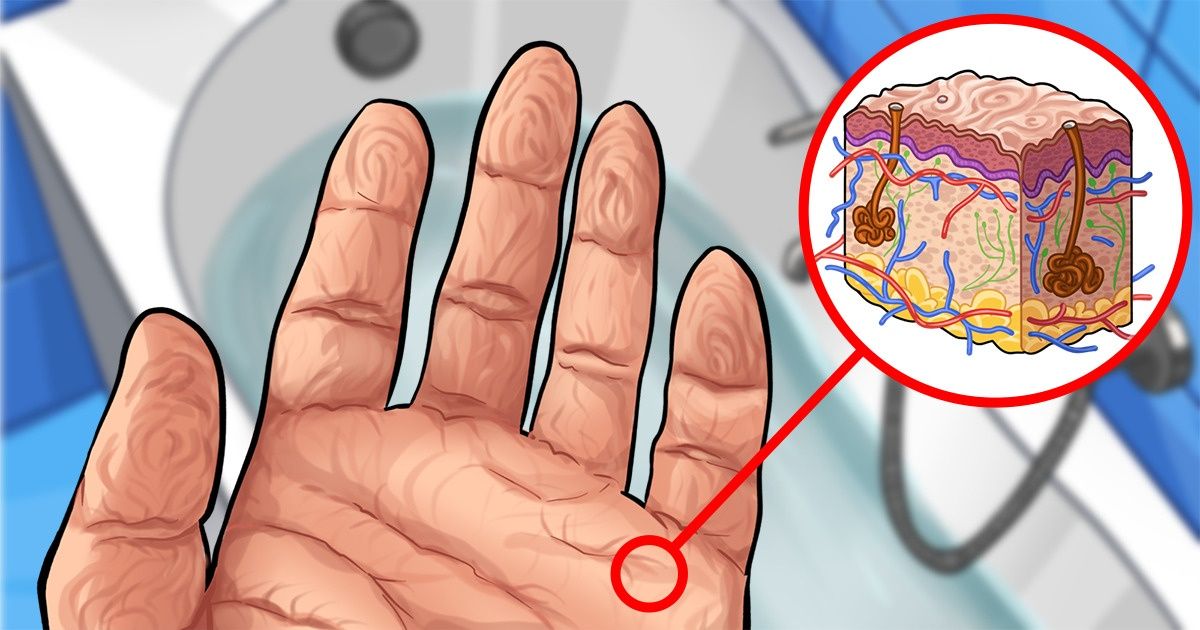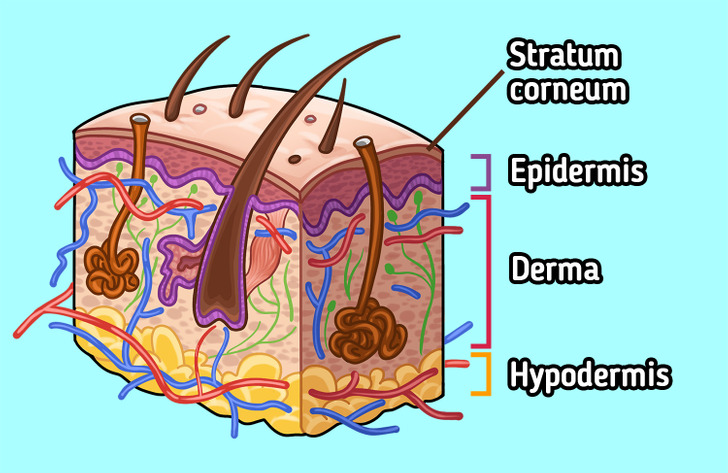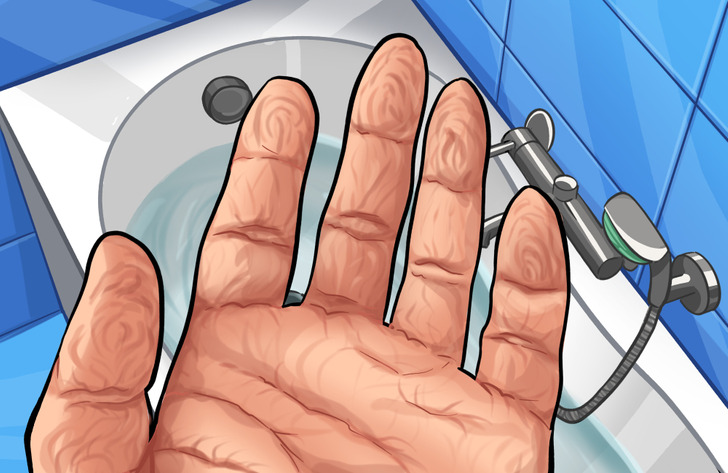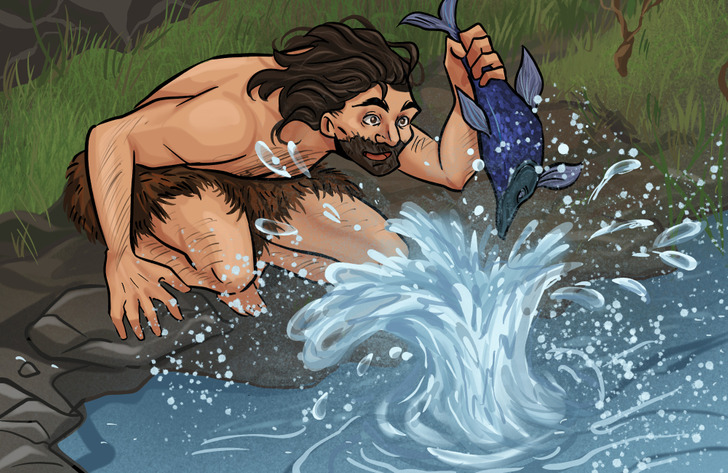Why the Skin Wrinkles When It’s in the Water for a Long Time

We’ve all noticed that after being in the water for a long time, the skin wrinkles. Some people think that the epidermis just gets swollen because of the water. But scientists have a different answer.
5-Minute Crafts is going to tell you why our feet and palms become wrinkled in the water.
Skin anatomy

Our skin consists of 3 layers.
- Epidermis: It’s the outermost skin layer that has a protective function. It also prevents water evaporation from the body.
- Dermis: It’s the middle skin layer that contains blood vessels, nerve endings, hair roots, and sweat glands.
- Hypodermis: It’s the inner skin layer, consisting of fats and connective tissue.
Let’s talk about the epidermis. It also consists of 5 sublayers.
- Stratum corneum
- Stratum lucidum
- Stratum granulosum
- Stratum spinosum
- Stratum basale
The stratum corneum is the uppermost layer of the epidermis. In the epidermis, new cells remain below and the old ones are pushed up. The processes of new cell formation and their death go on for a person’s entire life.
Where skin wrinkles come from

For a long time, people thought that the wrinkles appeared because the upper epidermis layer swelled due to the water.
The explanation went something like this: The skin is covered in sebum that protects and moisturizes it. This protective layer also repels water. Thanks to this, the water just flows down our bodies and doesn’t get into the skin. But if the body is in the water for a long time, the water washes the sebum off and the water does, in fact, get through.
But later, scientists found a connection between skin wrinkling and the work of the blood vessels. It turned out that wrinkling was part of an involuntary (automatic) response of the nervous system. When you’re in the water, your nervous system sends a signal to the blood vessels to shrink. The narrowed blood vessels reduce the volume of the fingertips slightly, causing loose folds of skin that form wrinkles.
Why we need these wrinkles

It might seem that the wrinkles are completely useless, but studies show they are not. So, according to one explanation, wrinkles on people’s hands and feet helped them survive.
Wrinkly fingers grab wet objects better and faster. And wrinkles on the feet create better friction when walking in the rain. It was easier for our ancestors to grab food out of the water or from wet plants.
Not everyone has this mechanism.
Having wrinkles on the skin after being in the water is totally normal, but not all people have this reaction. Scientists found that when certain nerves are damaged, the skin doesn’t get wrinkled.